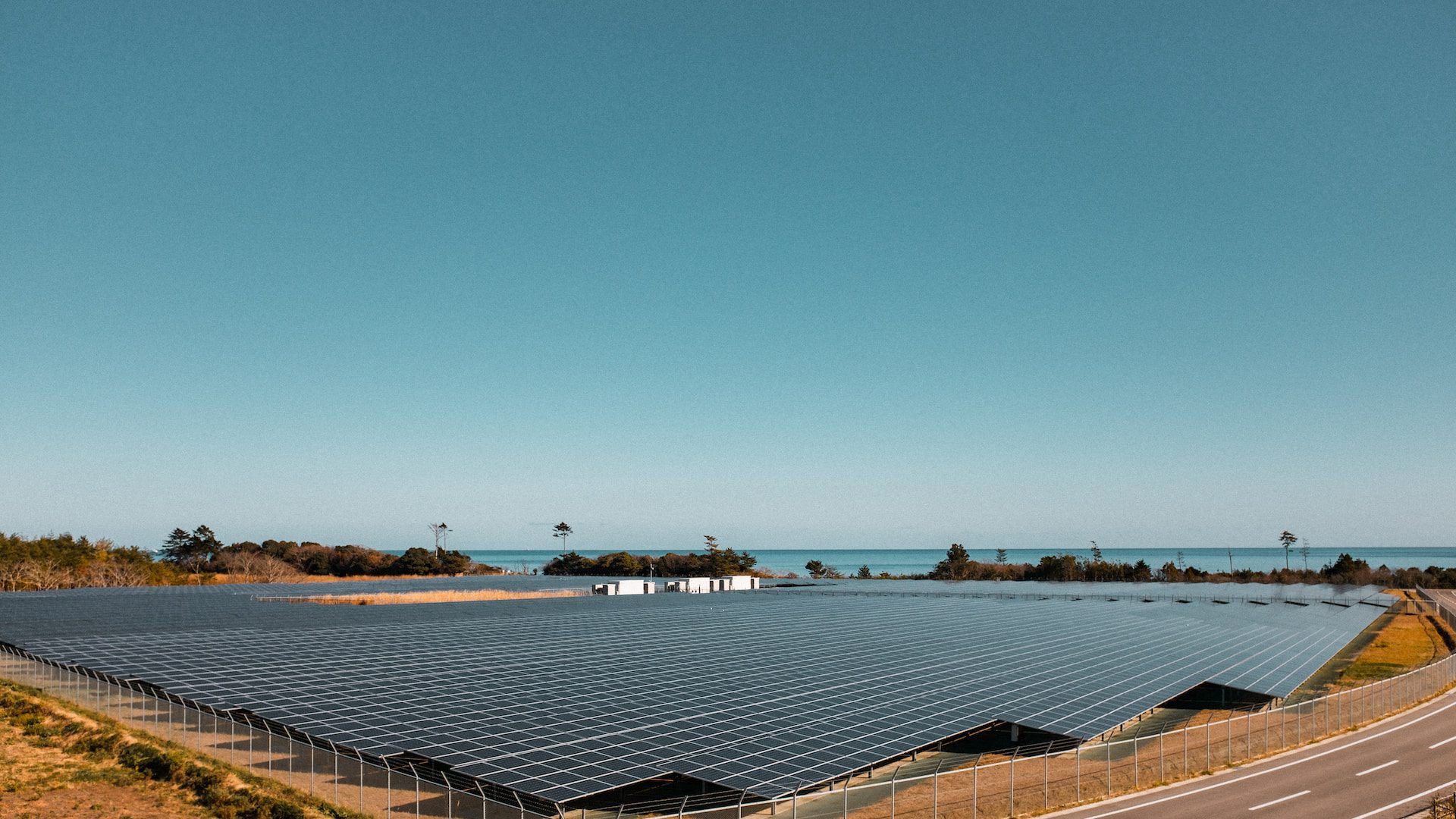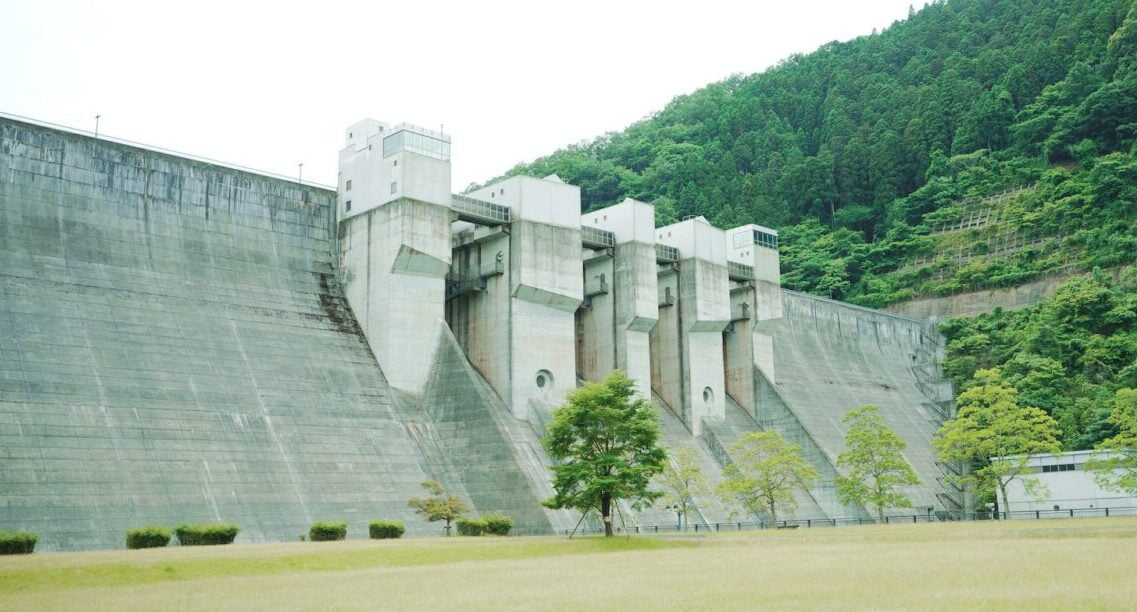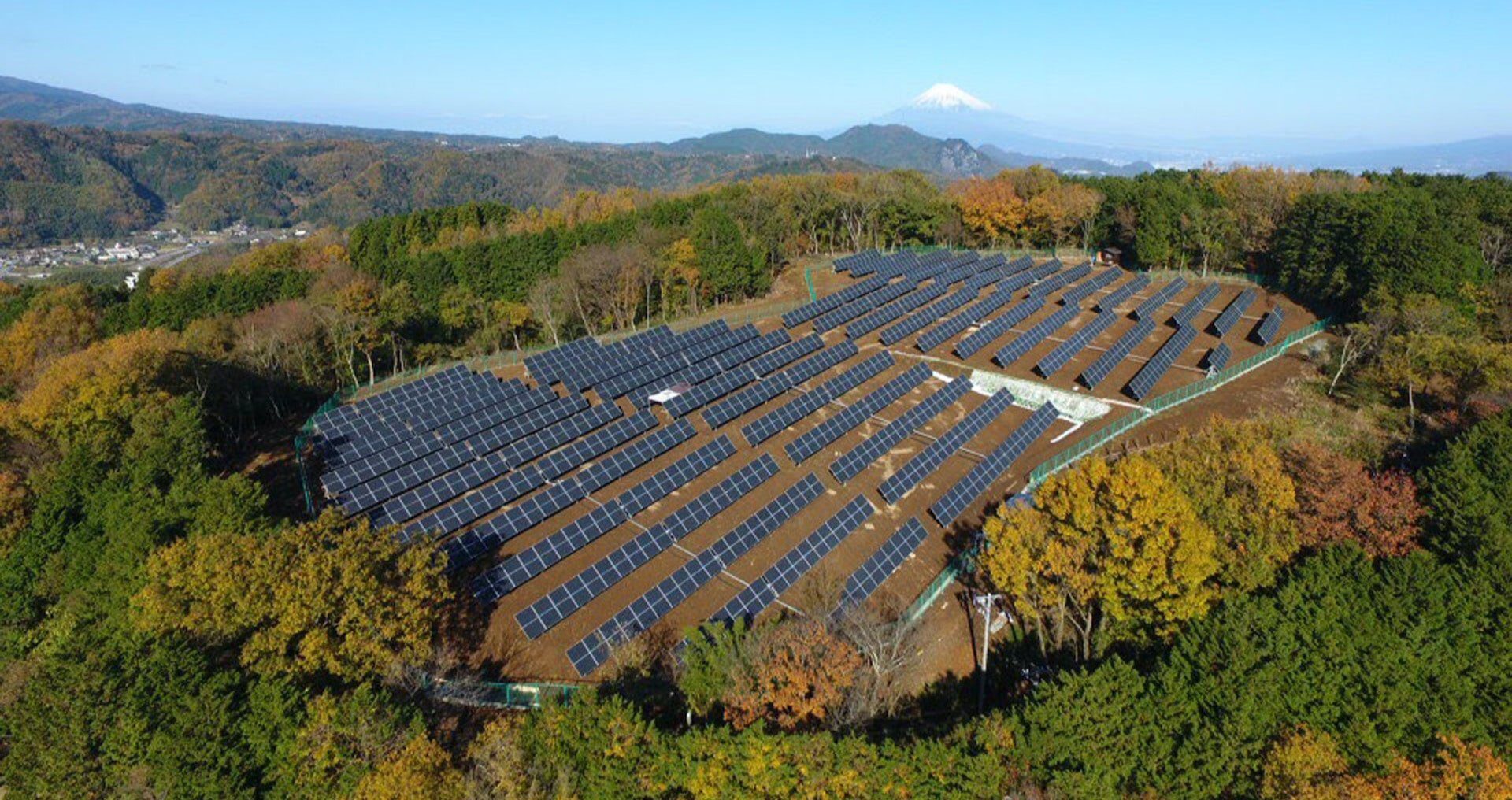Table of Contents
ToggleLet’s take a look at Japan’s renewable energy sources—as well as the challenges this sector faces.
Japan, renowned for its technological prowess and commitment to innovation, stands at the forefront of the global renewable energy revolution. In 2023, Statista reported that the country was sixth on their list of the top countries in terms of installed renewable energy capacity.
In the wake of the Fukushima nuclear disaster in 2011, the Japanese government took decisive steps to shift its energy landscape towards sustainability. For example, in 2012, it introduced a feed-in tariff (FIT) system that required energy companies to “purchase renewable-generated electricity at prices and contract durations set by the Ministry of Economy, Trade and Industry.”
This transition has made Japan’s renewable energy sector dynamic and rapidly evolving, ultimately reshaping the nation’s energy future.
Solar Power

Solar energy reigns supreme in Japan’s renewable energy mix ever since it overtook hydropower in 2021. Lush green hillsides and rooftops gleam with photovoltaic panels, soaking up the abundant sunshine. As of 2022, Japan boasts a staggering 78.8 GW of solar capacity, making it the world’s third-largest solar power producer.
Government policies like the FIT scheme (Climate Scorecard notes that solar energy, whose facilities could be built “cheaply and easily,” benefitted the most) and tax breaks have fueled this solar boom. Additionally, technological advancements have driven down costs, making solar panels more accessible for homeowners and businesses alike. In 2022, the Tokyo government also made it mandatory for all homes built after 2025 to have solar panels.
Wind Energy
Japan’s renewable energy sector in wind is also picking up steam. With a long coastline and strong winds, the country possesses immense potential for offshore wind farms. The government has set ambitious targets, aiming to reach 10 GW of offshore wind capacity by 2030 and 30 GW by 2050.
Several large-scale projects are already underway or have just been recently completed. This month, the Akita Noshiro Offshore Wind Farm, one of the world’s biggest, started running commercially. However, challenges like high installation costs and public concerns about visual impact remain to be addressed.
Hydropower

Hydropower has long been a mainstay of Japan’s renewable energy mix, with its first hydroelectric power station built all the way back in 1888. However, Statista notes that hydroelectricity generation has seen a decrease over the years, and that “since the country has constructed large-scale hydroelectric facilities at nearly all potential sites, typically at large dams, a further increase in the generation capacity is hardly possible.”
Currently, efforts are made to modernize existing hydropower facilities and explore new opportunities for small and medium-sized hydropower projects.
Geothermal
Geothermal energy offers exciting possibilities. Japan is a volcanic archipelago, blessed with abundant geothermal resources. The country currently ranks third globally in geothermal power generation, and the government aims to double capacity by 2030.
Biomass and Biogas
Biomass energy, derived from organic materials, is being utilized for power generation. This includes the use of agricultural residues, wood pellets, and other organic waste for energy production. Statista notes that “the installed power generation capacity of biomass power in Japan was forecast to reach 6.56 million kilowatts in 2032.”
However, there has been some criticism of biomass energy, specifically the burning of wood pellets, and its carbon neutrality.
Meanwhile, biogas, a gaseous renewable energy “produced when organic matter, such as food or animal waste, is broken down by microorganisms in the absence of oxygen,” is also something that Japan is investing in.
Challenges
However, despite these moves towards renewable energy, Statista notes that “Japan remains one of the largest global polluters of carbon dioxide emissions.” And while the country is shifting more and more towards renewable energy, fossil fuels still make up the largest energy source, at least as of 2021.
Other issues include limited land space, the country’s complex grid infrastructure, and public opposition to certain projects, such as the decommissioning of older nuclear power plants which is still an ongoing debate.
Japan has also invested into cutting-edge technologies like hydrogen fuel cells, but have yet to produce satisfactory results.
Conclusion
Despite setbacks, Japan’s commitment to renewable energy is unwavering. The government has set ambitious targets, aiming to achieve a 36-38% share of renewable energy in electricity generation by 2030 and carbon neutrality by 2050. These goals are supported by ongoing policy advancements, technological innovation, and growing public awareness about the benefits of clean energy.
Are you looking to enter into Japan’s renewable energy industry? With Eos’ 14 years of experience serving the Japanese energy sector and a large number of Japanese staff on the ground to support our clients and employees, you’ll be in safe hands. Check out our PEO and EOR services here.
Featured photo by Mark Merner on Unsplash







